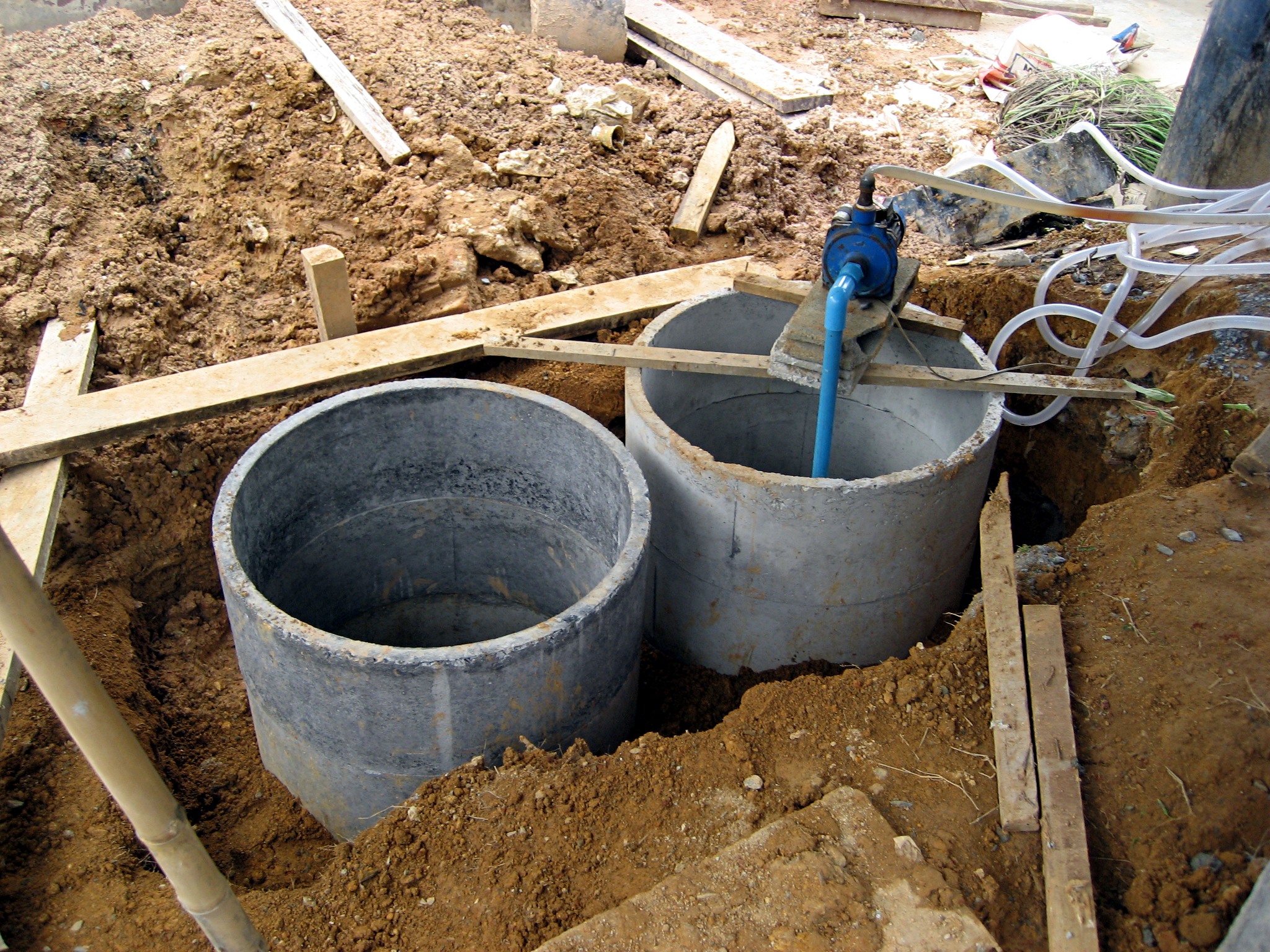A Comprehensive Guide to Septic Tank Installation in the UK

Septic tank installation is a crucial aspect of wastewater management for properties in rural and off-grid areas in the United Kingdom. While many urban areas have access to a centralised sewage system, rural properties often rely on septic tanks to treat and dispose of their wastewater. In this article, we’ll delve into the essential aspects of septic tank installation in the UK, including the process, regulations, and maintenance.
The Importance of Septic Tanks
Septic tanks play a vital role in treating and safely disposing of wastewater from homes and businesses not connected to municipal sewer systems. They are especially prevalent in rural areas where the cost of connecting to a central sewage system can be prohibitive. Properly installed and maintained septic tanks can help protect the environment by preventing the contamination of groundwater and nearby water bodies.
The Installation Process
Site Assessment: The first step in septic tank installation is a thorough site assessment. A professional installer will evaluate the property’s soil type, water table level, and the number of occupants to determine the tank’s size and location.
Tank Selection: The choice of septic tank is critical. In the UK, tanks must comply with British Standard BS EN 12566-1:2018 to ensure proper functionality and environmental safety. Common materials used for septic tanks include fiberglass, concrete, and polyethylene.
Permits and Regulations: Obtaining the necessary permits and complying with local regulations is essential. The installation must adhere to the Environmental Permitting (England and Wales) Regulations 2016 or equivalent regulations in Scotland and Northern Ireland.
Excavation and Installation: Once all approvals are in place, excavation begins. The tank is placed below ground level, and the inlet and outlet pipes are connected to the property’s plumbing system. Proper installation ensures the tank operates efficiently.
Drainage Field: In most cases, a septic tank is followed by a drainage field (also known as a soa kaway). This is where treated wastewater is distributed and allowed to percolate into the soil naturally. The drainage field should also be carefully designed to meet local regulations.
Regulations and Maintenance
The UK has strict regulations in place to ensure the proper installation and maintenance of septic tanks. These regulations are designed to protect the environment and public health. Some key points to remember:
Emptying and Maintenance: Septic tanks should regularly be inspected and pumped out by a licensed waste carrier to remove accumulated solids and sludge. Frequency varies depending on tank size and usage but is typically recommended every 1-3 years.
Environmental Impact: It’s crucial to be mindful of the environmental impact of septic tanks. Avoid disposing of harmful substances, such as chemicals and non-biodegradable items, into the tank.
Repairs and Upgrades: If a septic tank becomes damaged or outdated, it may need repairs or replacement. Upgrading to a more efficient system with advanced treatment options may be necessary to comply with changing regulations.
Regulations: Keep up to date with local regulations and any changes in environmental legislation that may affect your septic tank. Non-compliance can result in fines and penalties.
Septic tank installation in the UK is a critical component of rural wastewater management. Proper installation, adherence to regulations, and regular maintenance are essential to ensure the system operates efficiently while protecting the environment and public health. Property owners considering septic tank installation should work with qualified professionals to navigate the process and maintain compliance with local regulations. By doing so, they can enjoy a reliable and environmentally responsible wastewater treatment solution for years to come. For more information visit OMDI




